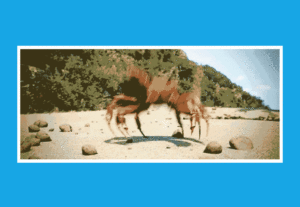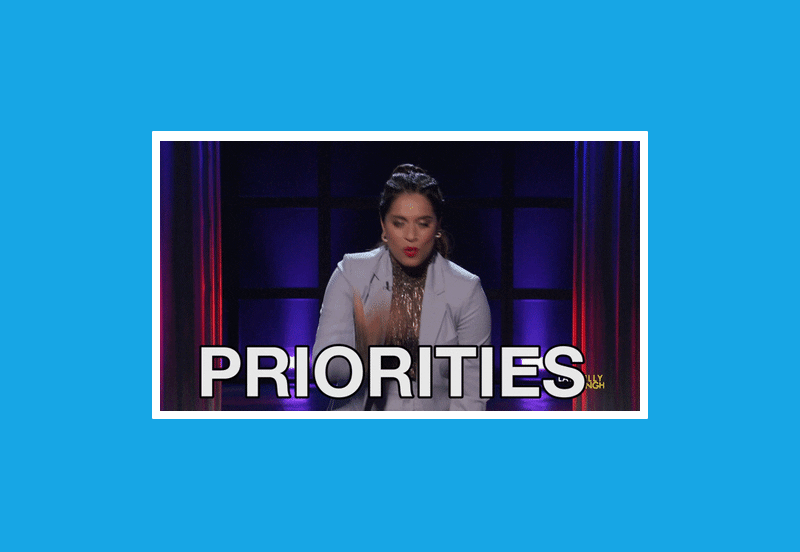Collaboration vs Extinction. Beyond “Crabs in a Barrel” Syndrome
Author: Dave Williams
 Is crab climbing crab back in a crab-quarrel
Is crab climbing crab back in a crab-quarrel
And going round and round in the same barrel – Derek Walcott (circa 1995)
If crabs collaborated, barrels would be their ships to the stars.
Arguing how prevalent the crustaceans in a barrel syndrome is in the Caribbean might be a crab trap in itself. However, the opposite approach, as a more viable model for success and sustainability, might be a more liberating and profitable discussion.
According to the Urban Dictionary, “Crabs in a Barrel” describes a social phenomenon where a group of similarly situated people, mostly in impoverished communities, hurt or inhibit peers attempting to get ahead or out. Consciously or not, unfortunate decapods become rungs in the ladders of their detractors. But that’s just until they can reach up and perpetuate the pull-and-step practice in the perpetual Crabs-in-a-Barrel syndrome.
If the pandemic has any pearls we can pry out of it, is that zero-sum games and insularity are becoming almost as effective at self-sabotage as tying oneself up like the proverbial market crab. The development of vaccines, treatments and their distribution systems, together with the conspiracies intent on unravelling them, all rely heavily on systems of loosely or highly structured networks of people collaborating across personal, organizational and geo-political boundaries. Think of co-operation and Open Innovation (OI) like the vaccines against the eight-legged syndrome (plus pincers).
OI is better defined by what it isn’t – It isn’t closed innovation. For example, photocopying giants Xerox once produced all their proprietary machines, paper and inks. They sold, installed and serviced their equipment exclusively and owned all their tangible and intangible resources. The barrel of in-house invention and secrecy confined all innovation at Xerox to strictly internal processes. As a result, any skills they didn’t possess had to be brought into staff under permanent contracts and sworn into a cult of confidentiality and non-disclosure. And that’s how success was achieved and sustained. But that was back then.
Today, the same technologies that drive gig and outsourcing economies make organizational boundaries and personal spaces less easy to define and more porous. So in this scenario, instead of trying to figure out whether you’re climbing or being climbed, perhaps attempting to find partners to help flip the entire barrel on its head could be worth some conspiring.
In the two upcoming articles, we’ll look at ways to disrupt the Crabs in a Barrel syndrome and explore innovation and operation by opening up to co-creation.





